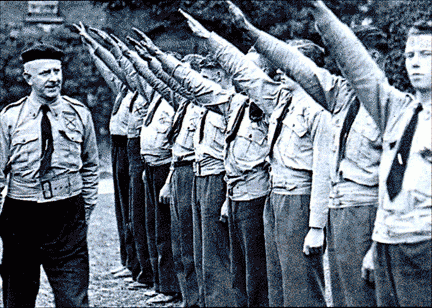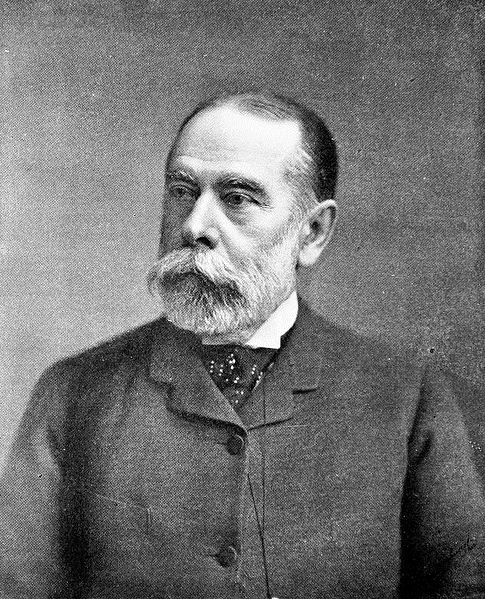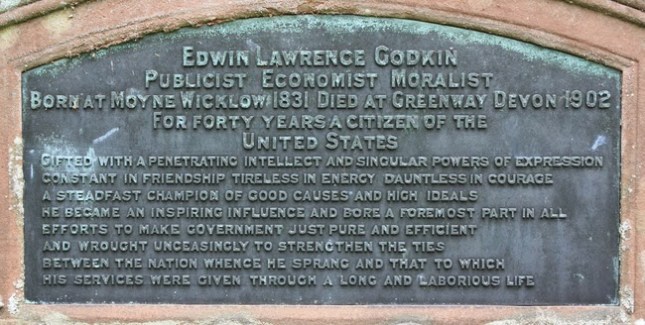
It took courage, or desperation, to want to prospect for gold in the Yukon river valley in Alaska in the 1890s. There were a hundred ways of dying before you even got got there. It was an even more forbidding environment if you were one of the tiny handful of women who took their chances in such an overwhelmingly male world. But Belinda Mulrooney was well up to the task.
She was born in Sligo in 1872 and came to the USA as a 13 year old. She made her first sizeable sum in the restaurant business at the 1893 Chicago Exposition, which was supposed to celebrate the four hundredth anniversary of the arrival of Christopher Columbus in America in 1492 but didn’t actually get going until the four hundred and first anniversary. After that she moved to San Francisco where she lost her first fortune at the age of 20. She had the ill-luck to put her savings into a city lot that was burned down when a dodgy neighbour torched hisproperty for the insurance money. Belinda wasn’t insured, and watched her investment go up in smoke. It was scant consolation that this meant she wasn’t around for the massive 1906 earthquake.
Then came the famous Klondike gold strike of 1897. That brought her to the frigid tundra of Alaska from the rather more balmy and hospitable San Francisco. But she came armed with some useful and lucrative calling cards, in the form of hot water bottles for sale to frozen miners. She made a six hundred percent profit on the deal, and used the money to buy herself a diner. Working the tables in her new restaurant she kept her ears open and bought a number of claims on the strength of gossip she heard from her hungry customers. The successs of a number of these meant that she quickly graduated from a lowly diner to a twenty-two room upmarket hotel, the Fairview, in Dawson.
This boasted steam-heated rooms, electric lights, a dining-room with linen tablecloths, sterling silver knives, bone china and steam baths. The lobby was decked out with cut-glass chandeliers, and boasted a full-time orchestra. She reckoned that newly rich miners would be prepared to pay handsomely for these unaccustomed luxuries. She was right.
Belinda Mulrooney was also as tough and hard as they come, a real ten minute egg. She was not a woman you crossed in a business deal – one story goes that an erstwhile partner double crossed her and left her with hundreds of pairs of unsaleable rubber boots on her hands. Shortly thereafter his mine mysteriously flooded (presumably by accident!!) and he was forced to buy the boots back from her at twenty-first century Nike prices of one hundred dollars a pair. That’s not far short of three thousand dollars today, acceptable for a couple of Jimmy Choos perhaps, but a regular rip off for cheap gum boots. She was also prone to resorting to violence to achieve her ends, an unfortunate teamster who got on the wrong side of her once was beaten up for his pains.
Mulrooney shared the Klondike with another formidable Irish businesswoman, the legendary Nellie Cashman from Cork. They crossed paths (and swords) at least once. Cashman offered Belinda a share in a disputed mine provided she used her influence over a mining inspector who was adjudicating Cashman’s claim. Nellie’s information was that Mulrooney was having an affair with the Inspector. She wasn’t, but she took the share anyway and did nothing to earn it.
However Mulrooney herself was conned by a scam artist named ‘Count’ Charles Eugene Carbonneau. He had about as much claim to the title of Count as Casimir Markievicz. She married Carbonneau in 1900 and he almost succeeded in ruining her by implicating his wealthy wife in a number of fraudulent enterprises. She divorced him in 1906. Given her record he was probably lucky to escape with his life.
Mulrooney eventually settled in Seattle, acquired a modest property portfolio and died there at the age of 95 in 1967! So, despite her association with the old American West, there are probably a number or people listening who shared the planet with her. Her character features in the recent Discovery Channel TV series Klondike where she was depicted by the Australian actor Abbie Cornish. Ms. Cornish, who is exceptionally easy on the eye, was photographed in a tin bath for a publicity still for the series. Clearly the producers were trying to convey the message that, despite the rough and tumble nature of the society in which she thrived, Belinda Mulrooney, was always concerned about her personal hygiene.
Belinda Mulrooney established the Fariview Hotel in Dawson, Alaska, one hundred and twenty-one years ago, on this day.







You must be logged in to post a comment.